Works of art that made the news in 2023
Artworks that were sold, copied, saved and stolen in the past year
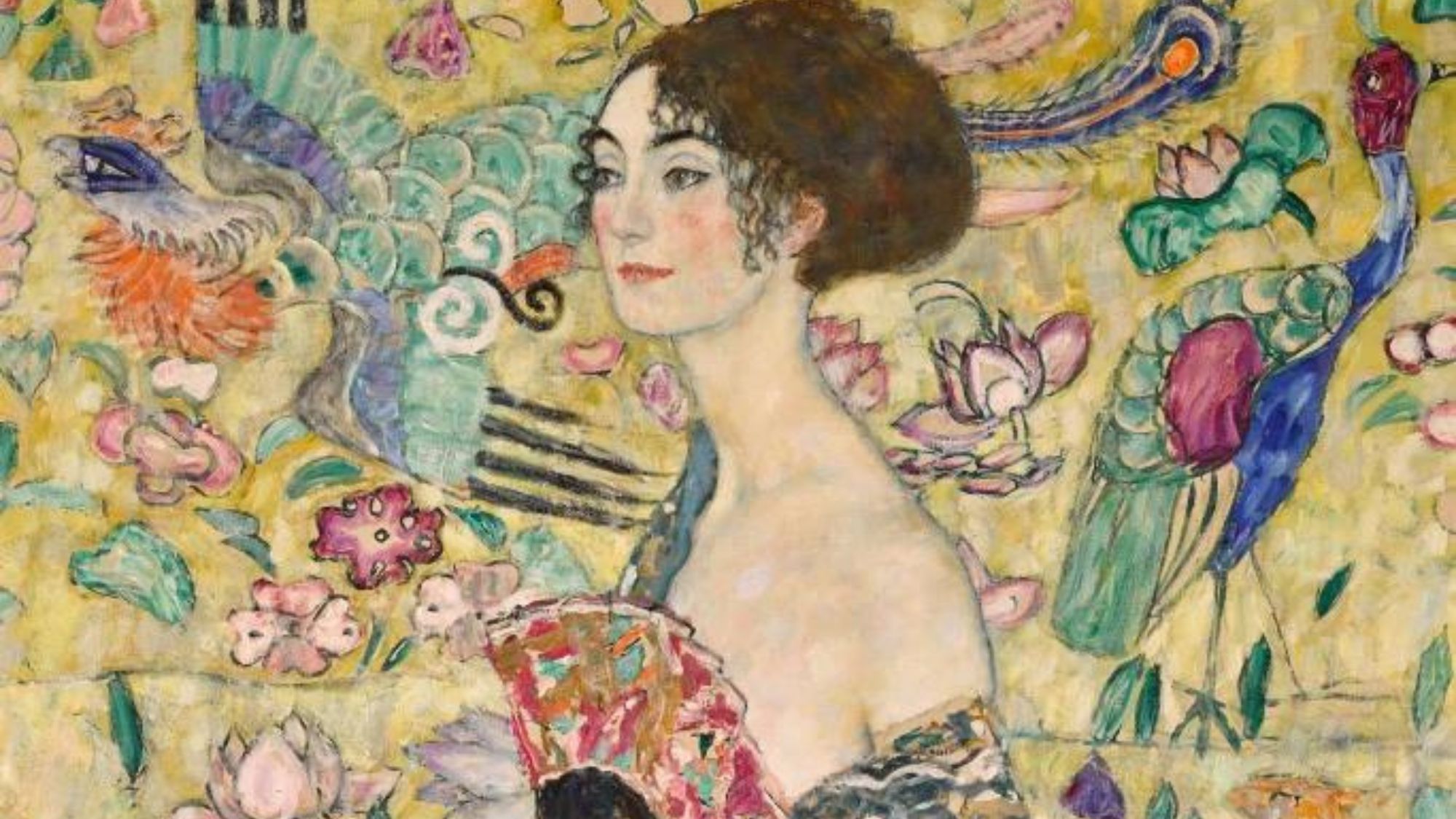
Sign up to The Week's Arts & Life newsletter for reviews and recommendations
Sold
Gustav Klimt's final portrait was sold at auction in London in June. "Dame mit Fächer" ("Lady with a Fan") was still sitting on the artist's easel when Klimt died, aged 55, from pneumonia in Vienna in February 1918, after contracting the Spanish flu. A month before that, he had suffered a stroke that had left him paralysed. Different in tone from his better-known masterpieces of a decade earlier, such as "The Kiss", "Lady with a Fan" incorporates a series of Chinese motifs. The identity of the woman depicted is unknown. Having last been sold in 1994, for $11.6 million (£9 million), it was sold at Sotheby's for £85.3 million to a collector from Hong Kong, making it the most expensive painting ever auctioned in Europe.
It was not, however, the most valuable artwork sold this year. That was Picasso's 1932 painting "Femme à la montre" ("Woman with a Watch"), sold for $139.4 million (£113 million) at Sotheby's in New York in November. The portrait, which depicts Marie-Thérèse Walter, his "golden muse", was part of a $400 million sale from the late philanthropist Emily Fisher Landau's collection. The buyer was anonymous.
The Week
Escape your echo chamber. Get the facts behind the news, plus analysis from multiple perspectives.

Sign up for The Week's Free Newsletters
From our morning news briefing to a weekly Good News Newsletter, get the best of The Week delivered directly to your inbox.
From our morning news briefing to a weekly Good News Newsletter, get the best of The Week delivered directly to your inbox.
Recovered
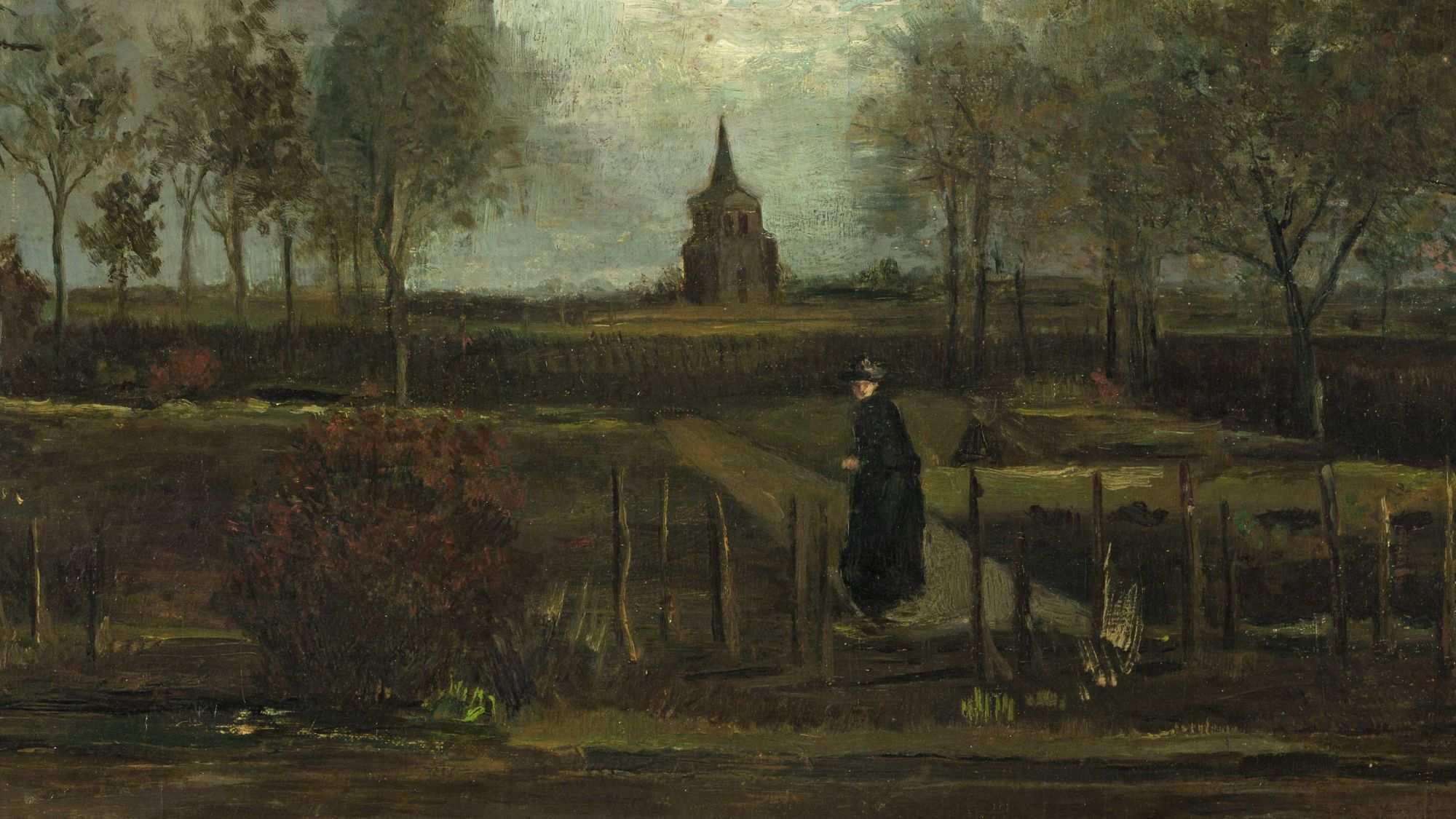
'The Parsonage Garden at Nuenen in Spring' (detail) by Vincent van Gogh
On a Monday night in September, the Dutch art detective Arthur Brand received an unusual visitor at the door of his Amsterdam flat, holding a battered Ikea bag. Inside it, bubble-wrapped, was "The Parsonage Garden at Nuenen in Spring", an early van Gogh worth €3 million-€6 million (£2.6 million-£5.2 million), which had been stolen in March 2020 from the Singer Laren museum near Amsterdam. Even though the burglar and an associate were later convicted, the painting itself was not found. According to Brand, it was so famous that it had become "a headache": impossible to sell, only likely to bring trouble. He believes that the man who eventually handed it over had nothing directly to do with the theft. The van Gogh has now been returned to the Groninger Museum, in the northern Netherlands, which had loaned it out at the time it was stolen.
Copied
Roy Lichtenstein never disguised the fact that his famous pop art paintings were based on comic strips. But this year, a documentary has revealed just how extensive his copying was. "WHAAM! BLAM! Roy Lichtenstein and the Art of Appropriation" shows that 300 of them were based closely on specific comic strips. One of the artists sampled was Hy Eisman, now 96, who was shocked to discover Lichtenstein had used his work in his 1963 painting "Girl in Window". "It's called stealing," said Eisman. "I worked like a dog on this stupid page and this guy has $20 million to show for it." But Bradford R. Collins, of the University of South Carolina, defended the artist. "If he had made comic books out of it, that would be stealing." Instead, he reused it "for a different purpose... I can understand why Eisman would feel angry... But artistically, it's not plagiarism."
Repatriated

The House of Ni'isjoohl Memorial Pole
Until this year, the House of Ni'isjoohl Memorial Pole had been on display in the National Museum of Scotland in Edinburgh since 1930. But it has now been returned home, following a request from the Nisga'a nation, an indigenous Canadian people who live in the Nass River basin in British Columbia. The 11-metre pole was originally carved from a red cedar in 1855 as a memorial to a slain Nisga'a warrior; its design incorporates clan lore and sacred motifs. In 1928, it was cut down and taken by a Canadian ethnographer, Marius Barbeau, then shipped to Scotland. The return of the pole was agreed and signed off in less than a year by the Scottish government – setting a challenging precedent for other British collections that hold contested objects, from the Benin Bronzes to the Elgin Marbles (the British Museum began "constructive discussions" about loaning the latter to Athens this year). A Nisga'a delegation came to the museum for a ceremony in August to begin the pole's 4,200-mile journey, by road and a Canadian armed forces aircraft. It is now on show in the Nisga'a Museum in Laxgalts'ap, a few miles from its original position.
Saved
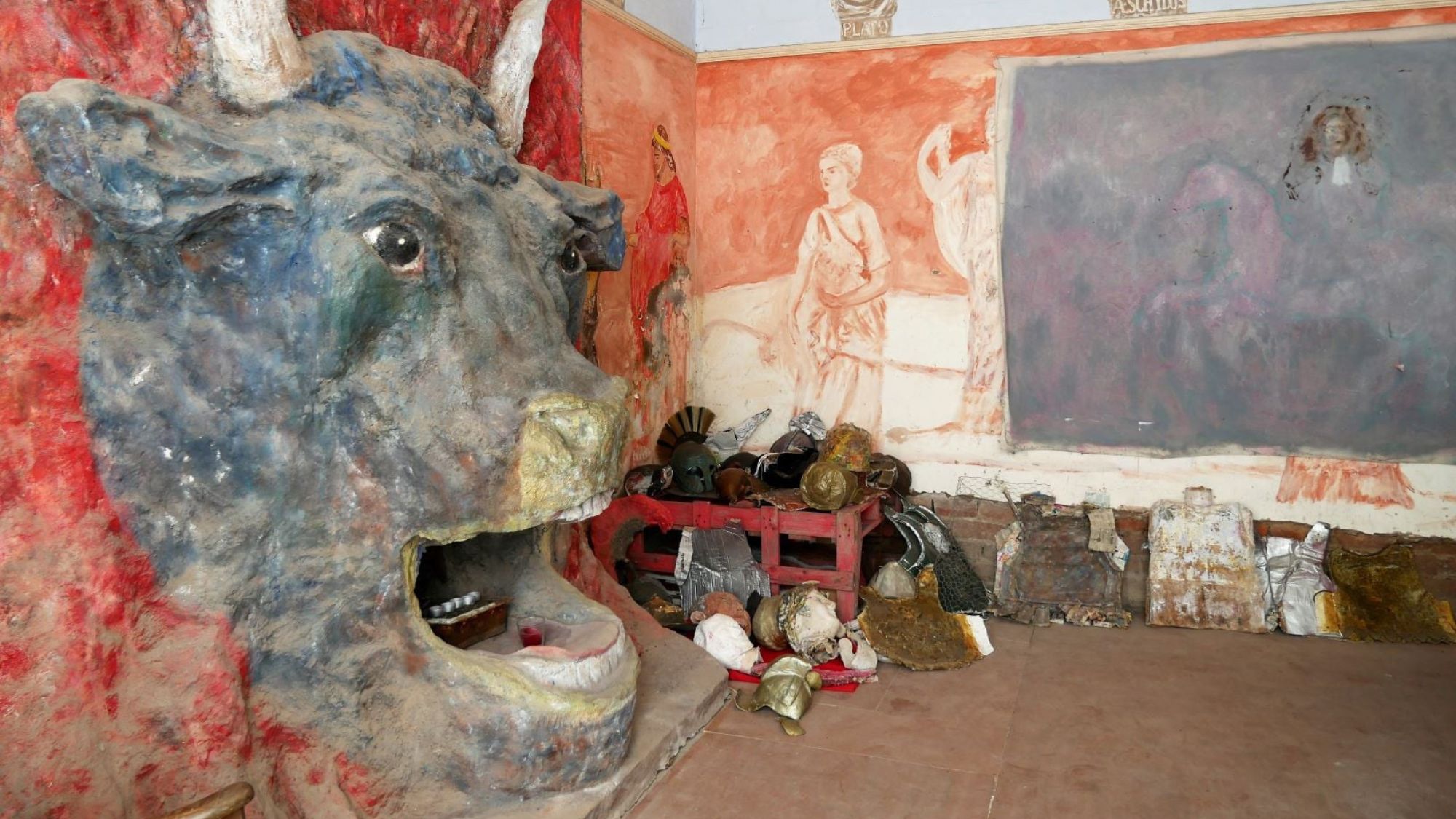
The fireplace shaped like a Minotaur
Ron Gittins, an eccentric self-employed artist who died in 2019, created a strange fantasy world in his Birkenhead ground-floor flat. He painted classical murals on his walls, and installed a fireplace shaped like a Minotaur. The hallway looks like an Egyptian tomb; the front room is inspired by Pompeii; there's a Roman altar in the kitchen. Gittins rarely invited anyone in, so the discovery of the flat's interior after his death was a surprise. The flat came up for auction this year, and it was feared it might be sold and stripped of its art. However, thanks to a loan from the Muller Wimhurst Trust, a local group was able to buy the whole building, which will be opened as a cultural centre. See ronsplace.co.uk
A free daily email with the biggest news stories of the day – and the best features from TheWeek.com
Stolen
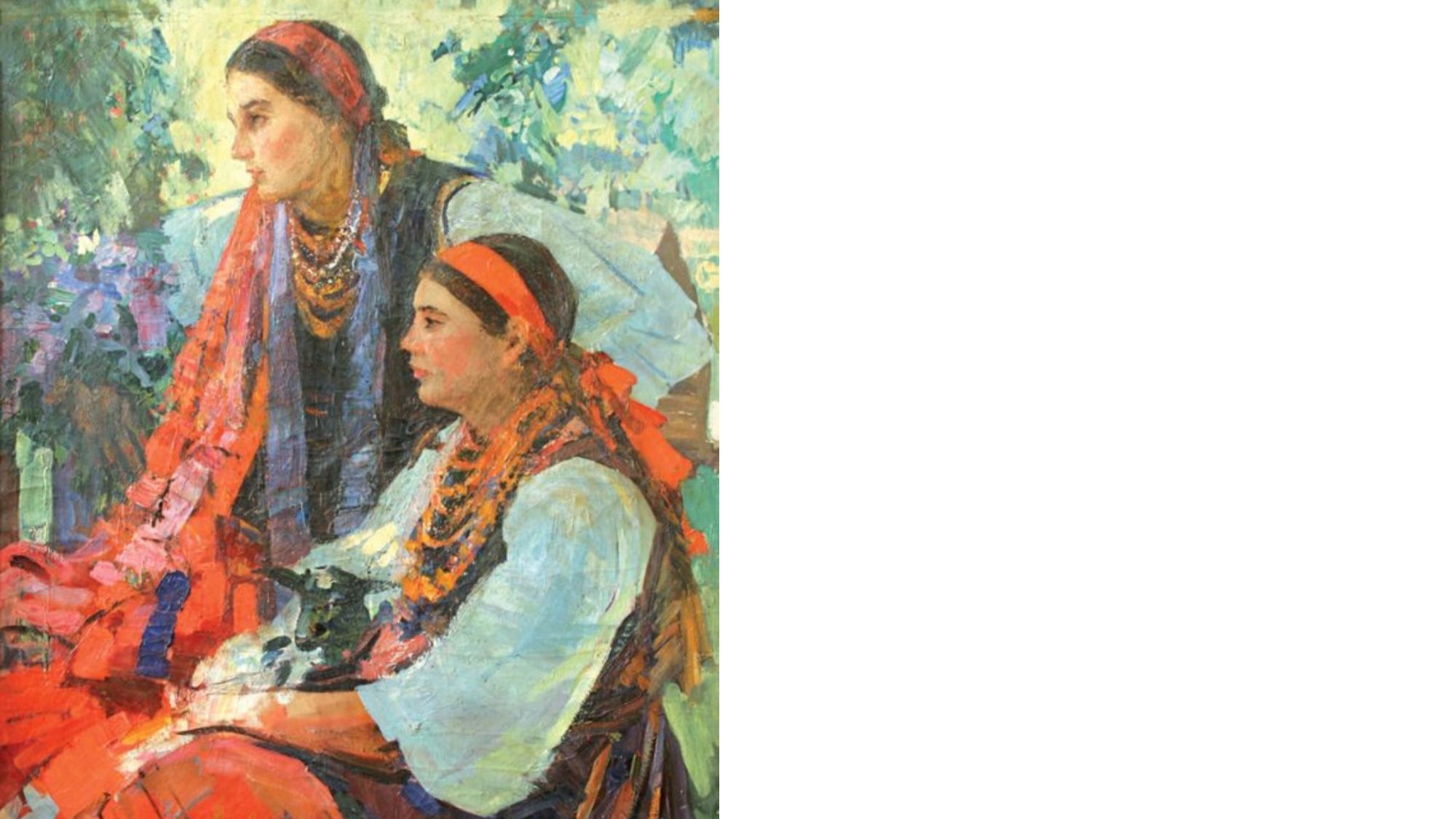
'Girls with a Goat' (1940, detail) by Oleksii Shovkunenko
Late last year, Russian forces withdrew from swathes of southern Ukraine. By February, Ukrainian officials had established that the Russians had pillaged the country's art on a vast scale. They raided around 30 museums, taking ancient sculptures, paintings, icons and busts worth millions of pounds (as well as the bones of the Russian hero Grigory Potemkin). The biggest single heist was in Kherson: before retreating, the Russians emptied out around 15,000 works from the Regional Art Museum, including "Girls with a Goat" (1940) by Oleksii Shovkunenko, a Soviet painter born in the city. It amounts to the biggest case of cultural plundering since the Second World War.
-
 How will China’s $1 trillion trade surplus change the world economy?
How will China’s $1 trillion trade surplus change the world economy?Today’s Big Question Europe may impose its own tariffs
-
 ‘Autarky and nostalgia aren’t cure-alls’
‘Autarky and nostalgia aren’t cure-alls’Instant Opinion Opinion, comment and editorials of the day
-
 Japan’s Princess Aiko is a national star. Her fans want even more.
Japan’s Princess Aiko is a national star. Her fans want even more.IN THE SPOTLIGHT Fresh off her first solo state visit to Laos, Princess Aiko has become the face of a Japanese royal family facing 21st-century obsolescence
-
 ‘Furious Minds: The Making of the MAGA New Right’ by Laura K. Field and ‘The Dream Factory: London’s First Playhouse and the Making of William Shakespeare’ by Daniel Swift
‘Furious Minds: The Making of the MAGA New Right’ by Laura K. Field and ‘The Dream Factory: London’s First Playhouse and the Making of William Shakespeare’ by Daniel SwiftFeature An insider’s POV on the GOP and the untold story of Shakespeare’s first theater
-
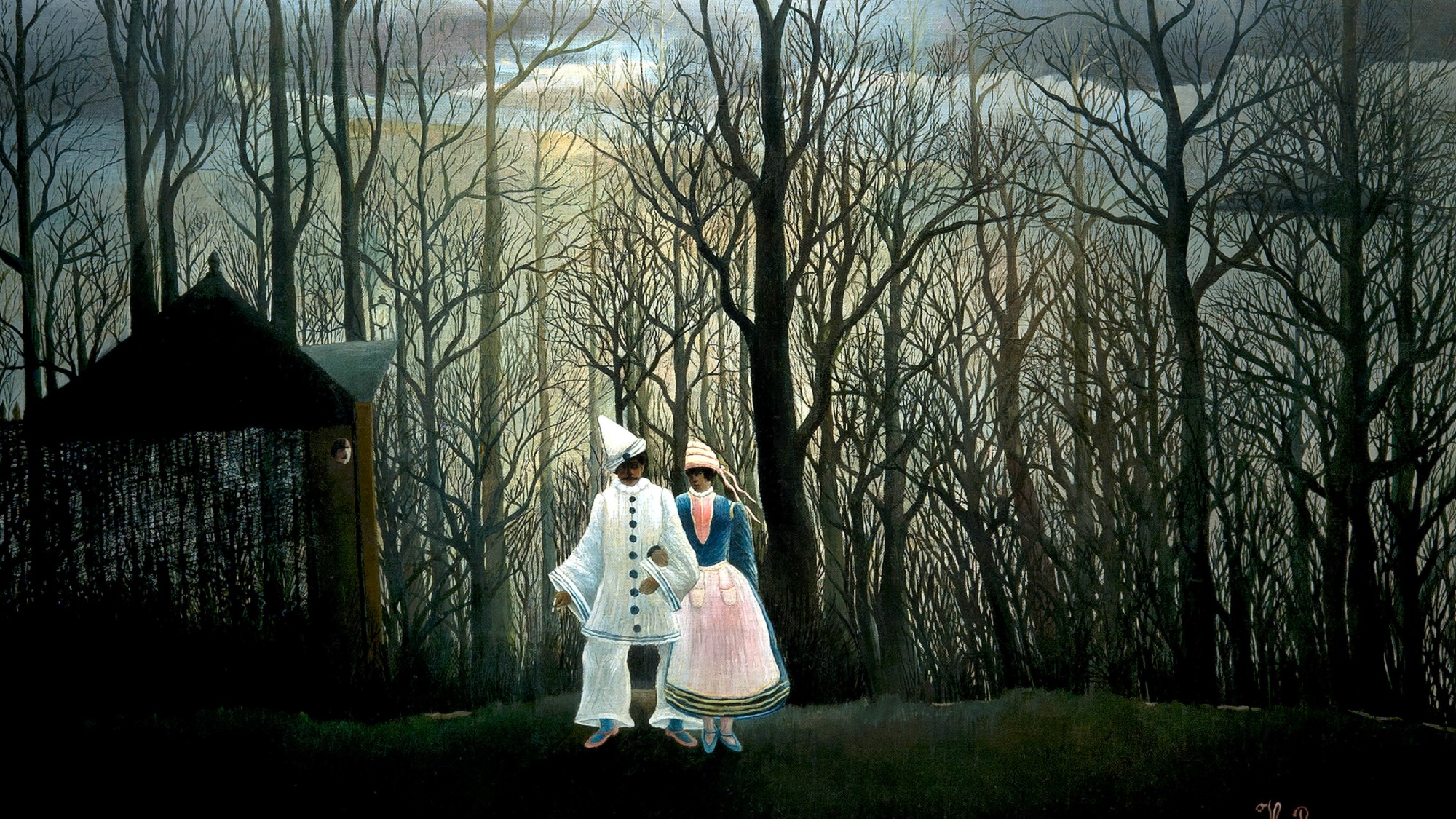 Henri Rousseau: A Painter’s Secrets
Henri Rousseau: A Painter’s Secretsfeature Barnes Foundation, Philadelphia, through Feb. 22
-
 Homes with great fireplaces
Homes with great fireplacesFeature Featuring a suspended fireplace in Washington and two-sided Parisian fireplace in Florida
-
 Film reviews: ‘The Secret Agent’ and ‘Zootopia 2’
Film reviews: ‘The Secret Agent’ and ‘Zootopia 2’Feature A Brazilian man living in a brutal era seeks answers and survival and Judy and Nick fight again for animal justice
-
 Wake Up Dead Man: ‘arch and witty’ Knives Out sequel
Wake Up Dead Man: ‘arch and witty’ Knives Out sequelThe Week Recommends Daniel Craig returns for the ‘excellent’ third instalment of the murder mystery film series
-
 Zootropolis 2: a ‘perky and amusing’ movie
Zootropolis 2: a ‘perky and amusing’ movieThe Week Recommends The talking animals return in a family-friendly sequel
-
 Storyteller: a ‘fitting tribute’ to Robert Louis Stevenson
Storyteller: a ‘fitting tribute’ to Robert Louis StevensonThe Week Recommends Leo Damrosch’s ‘valuable’ biography of the man behind Treasure Island
-
 The rapid-fire brilliance of Tom Stoppard
The rapid-fire brilliance of Tom StoppardIn the Spotlight The 88-year-old was a playwright of dazzling wit and complex ideas